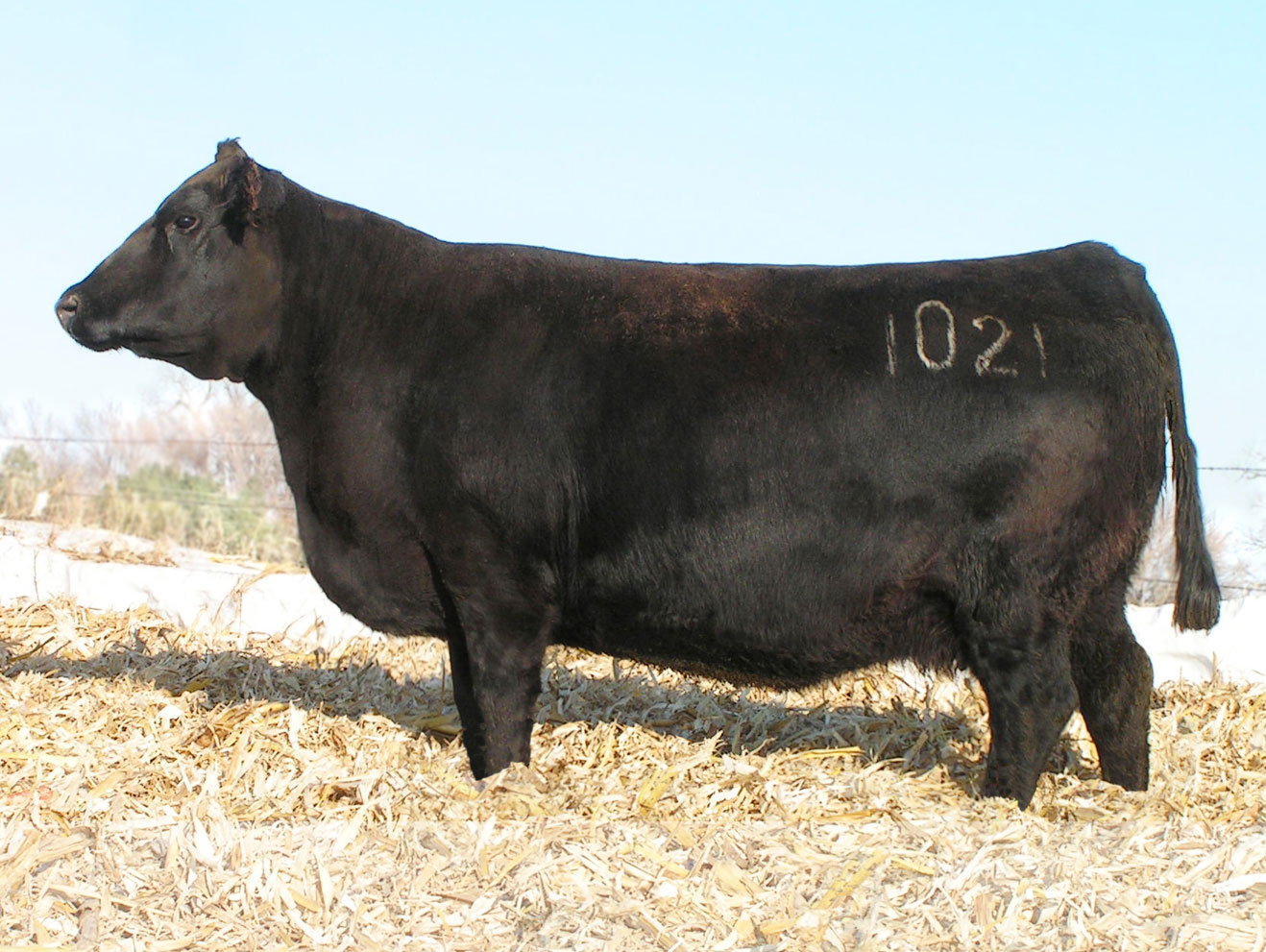This is the first part of a multipart series attempting to analyze and cap the price of Bitcoin.
The Great Bitcoin Experiment
It's 2018, and Bitcoin prices have spiraled to dizzying heights. Transaction fees are skyrocketing and transaction times slowing on popular virtual currency networks due to high congestion/unscalable design. At least as I write this, I believe in virtual currency in the sense that I don't know of any particular reason that peer to peer currencies are inherently inferior to a centralized system. Admittedly, I do kind of want them to succeed as well, but I just find it counterintuitive that there needs to be a special agency dedicated to making currencies... work. Currencies are just units of human want. When a nation's dollar is more valuable than another nations dollar, the average citizen of the wealthier nation can equate their dollar with something harder to produce than the average citizen of the poorer nation. In a sense, Bitcoin was the first worldwide currency, though in practice it's a combination of an investment by relatively wealthy people and a de facto currency for citizens of nations with unusually unstable currencies. Oh and black market sales and money laundering. That too.
Bronze Age Tokens to Bitcoin
It seems the earliest currencies emerged in the form of plants and livestock shortly after the domestication of the cow some 8,000-11,000 years ago. Using commodities as money is aptly known as "commodity money" according to Wikipedia.

Bronze age farmers branded cattle with their public key to claim ownership
This was one step above bartering because there was medium that approximated fungibility. The approximation is that all cows, plants, etc are created equally. I'm going to bet that led to some interesting social norms where you shortchange people you don't like by paying with shitty livestock. In any case, around the bronze age, people started using small units of precious metals to represent units of "buying power". I personally always found this kind of weird since, as history showed, it wasn't the inherent utility of the metals that made them desirable. It was that enough people with nice stuff agreed they should represent some subjective discretization of human desire. Then people offered to exchange some precious metal for nice stuff and the process repeated. This was, of course, a major improvement because precious metals are a lot more fungible than cattle and change at a much slower pace.
Somewhere around the 11th Century, rich Chinese merchants started paying people to store their bulky metal coins in exchange for "bank notes". The merchant could later exchange banknotes for the amount of money they needed. Eventually, the government monopolized this practice, which I could only imagine made taxation way easier. European rulers started adopting the practice after European travelers witnessed and later described the system. Governments continued to back currency with gold for hundreds of years, until eventually even they got tired of guarding giant vaults of precious metals. People likely stopped asking for their gold back long before that. The US, for example, stopped backing the dollar with gold in the 1970s.

Still think they're going to want this back?
So the dollar hasn't been backed by gold since 1971. At this point, it's really only backed by the U.S. government's ability to prosecute you if you don't accept it as payment in the US.
Stay tuned for more on the penny's value and how it relates to Bitcoin.
Congratulations @aeftimia! You have completed some achievement on Steemit and have been rewarded with new badge(s) :
Click on any badge to view your own Board of Honor on SteemitBoard.
For more information about SteemitBoard, click here
If you no longer want to receive notifications, reply to this comment with the word
STOPDownvoting a post can decrease pending rewards and make it less visible. Common reasons:
Submit